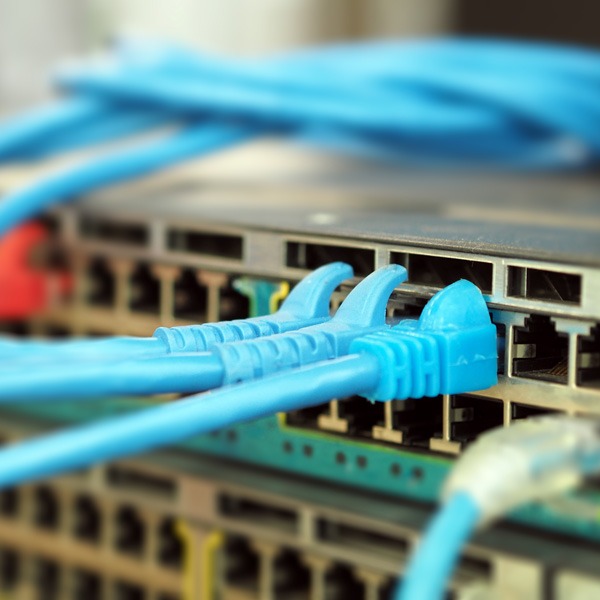
Tame the wild tangle of wires with structured cabling! This network organization method brings order to the chaos, boosting efficiency and performance.
Key Takeaways:
- Standardized cables and connectors simplify network management and expansion.
- PoE support eliminates bulky power adapters, streamlining your setup.
- Fiber optic integration enables blazing-fast data transfer for demanding applications.
Q: What is structured cabling in networking?
A: Structured cabling is a standardized approach to network wiring that uses uniform cables and connectors for all devices. This streamlined organization simplifies network management, boosts flexibility, and facilitates PoE and fiber optic integration.
Once upon a time, office technology consisted only of phones. The phones were quite simple to install as they needed just a thin, multi-core cable.
Then along came computers, these needed to be linked together with a different kind of cable, usually bulky coaxial, with varying types of connectors at the end. Computers of the time required a wide range of cables. This meant that things suddenly became rather complicated. Ducts and ceiling spaces soon became crammed with all kinds of cabling.
Eventually, someone decided that it would be a good idea if all of the computers and phones could use the same type of cable and the same type of connector. This meant that everything used thinner multi-core cable so the ducts and ceilings were less packed. It was far easier to move equipment around because you didn’t need to run new cables each time.
They called this system ‘structured cabling‘ and it transformed the office environment.
Okay, that’s the bedtime story version of structured cabling. In the grown-up world, it’s a little more complicated. But, it really does offer businesses a flexible and practical way of managing their networking requirements.
Structured Cabling In Practice
The key to structured cabling is that it uses the same twisted pair Ethernet cable – usually Cat5 or Cat6 – throughout the system. A patch panel in the data centre or computer room is linked to RJ45 outlets around the building. The same sockets can be used for phones and data. It’s easy to move things around when needed as the cables and sockets are all the same. Simple patch leads are used to connect equipment to the panel and to connect desktop equipment to wall outlets.
These days, it’s common for patch panels to be mounted in standard equipment racks. Suppliers such as CE offer a range of different patch panel options as well as all of the cable and other equipment that you need to build a structured system. Colour coding of patch cables is often employed to make it easy to distinguish between voice and data connections.
It’s also possible to run Power-over-Ethernet (PoE) so that devices such as wireless network repeaters can be placed in locations where there’s no easy access to a mains power supply.
There are specialised forms of cabling that can be used as part of a structured network. For example, in electrically noisy environments including factories, you might want to opt for shielded cabling to prevent interference. As fibre optic cabling has become more affordable, many businesses are now looking to this to provide high-speed network backbones with conventional copper cabling radiating from it.
Although it may seem complicated at first, structured cabling is entirely logical, and it really can help your network run smoothly, if not ‘happily ever after’, then certainly for a long time to come.
Find our full range of structured cabling solutions on the Comms Express Website.
